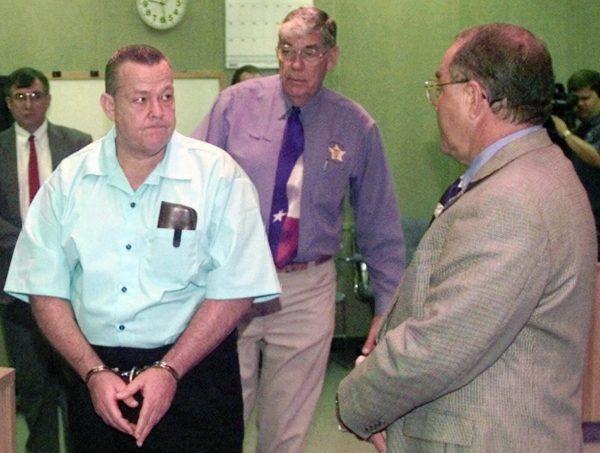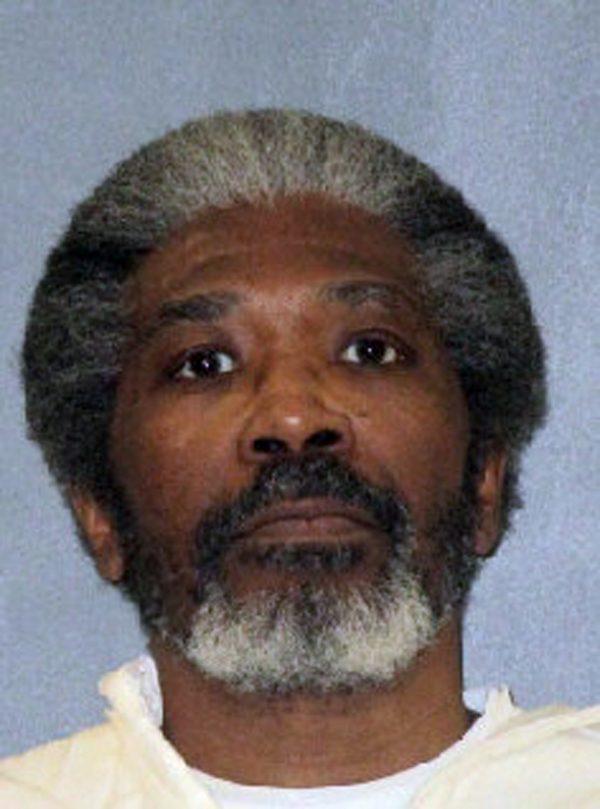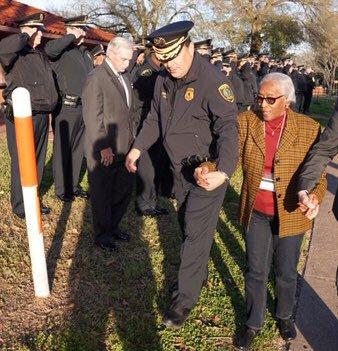PORTLAND, Oregon—A convicted murderer called the “Animal,” who was executed by the state of Texas in 1999 has been identified by DNA as the person who killed a young woman in Portland, Oregon, nearly 40 years ago.
Hlavka was sexually assaulted and strangled with an electric cord. The Portland Police Bureau said at a news conference retired detectives submitted evidence to the state crime lab in 2009 for forensic testing.
Authorities said that evidence eventually showed McFadden, who was executed in Texas for the rape and killing of an 18-year-old high school cheerleader, was Hlavka’s killer.
The 51-year-old McFadden was a notorious criminal in Texas. He was sentenced to death for a daylong murder rampage in 1986 that took the life of the cheerleader as well as two other people.
Authorities said it took years of research and detective work to determine that McFadden killed Hlavka.

Portland police said an “unknown male DNA profile” was found in 2011 in evidence collected from the scene of the 1979 slaying. The profile was deemed especially good considering how much time had passed.
From 2012 to 2016, detectives collected and submitted eight subjects’ DNA profiles in an attempt to identify the killer, but authorities said all came back negative.
Last May detectives researched forensic genealogy using unidentified DNA profiles from homicides scenes, the technology used to bring about the May 2018 arrest of the suspect in the “Golden State Killer” case.
Detectives contacted Parabon NanoLabs and the Oregon State Police Crime Lab and it was determined that the evidence from the Portland cold case was a good candidate for that technology.
Scientists were able to map three of the four familial lines of the Portland killer and identified him as McFadden.
Read Next:
Killer of 24-Year-Old Houston Officer Executed After 3 Decades
Three decades after he shot a police officer twice in the head at a Houston bookstore, just one hour after the Supreme Court rejected a final appeal, 61-year-old Robert Jennings was executed by lethal injection, as dozens of police officers stood in vigil outside, along with the fallen officer’s mother.The execution in Texas at 6:30 pm. on Jan. 30 was the first of 2019 in the United States.
Jennings killed police officer Elston Howard during a botched robbery at an adult bookstore in 1988. Howard was 24 at the time.

Howard’s mother was escorted by the Houston police chief outside the prison, who said that the police force would not abandon families who lost officers.

A request to delay the execution scheduled for Jan. 30 was denied by higher and lower courts.
The U.S. Supreme Court had earlier that day denied an appeal by Jenning’s attorneys to delay the execution. The court rejected the argument that during the trial, attorneys failed to ask jurors to fully consider evidence—including details of his remorse for the officer’s shooting and possible brain damage.






Friends Read Free